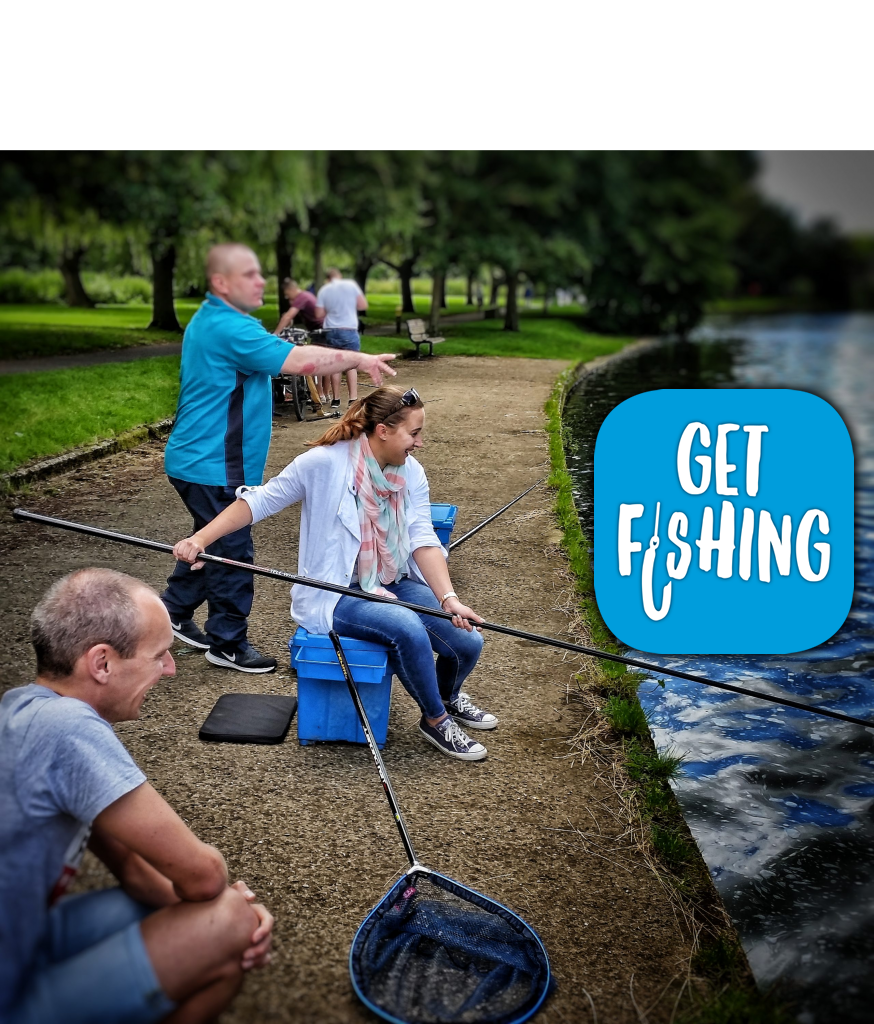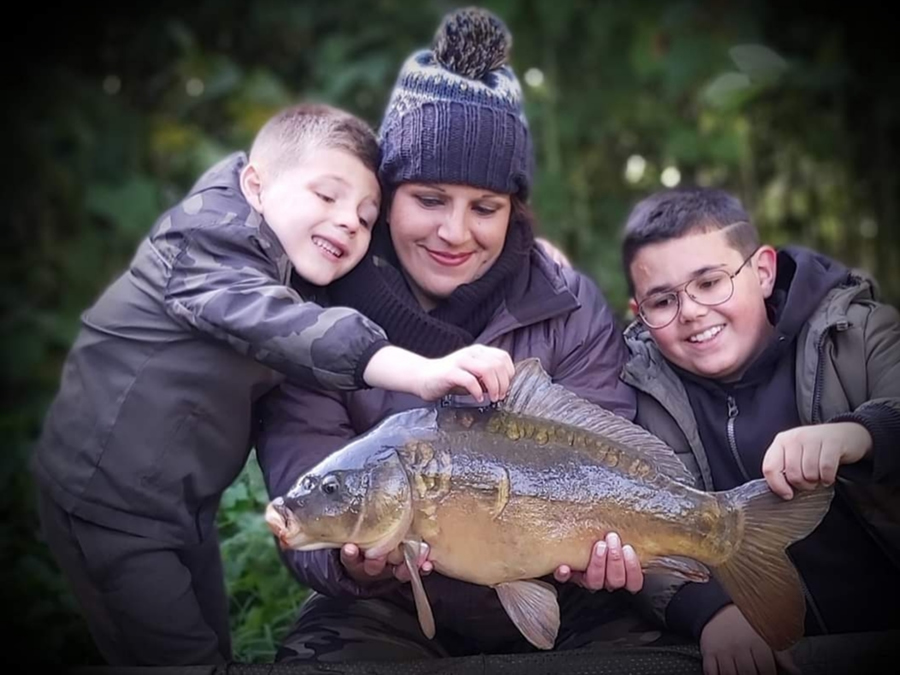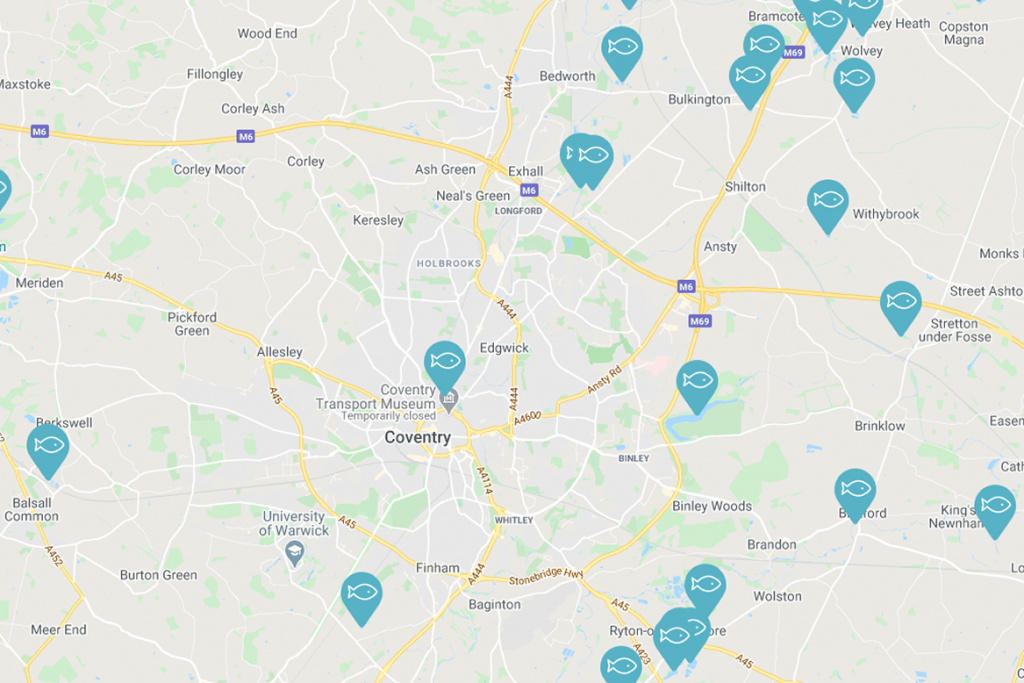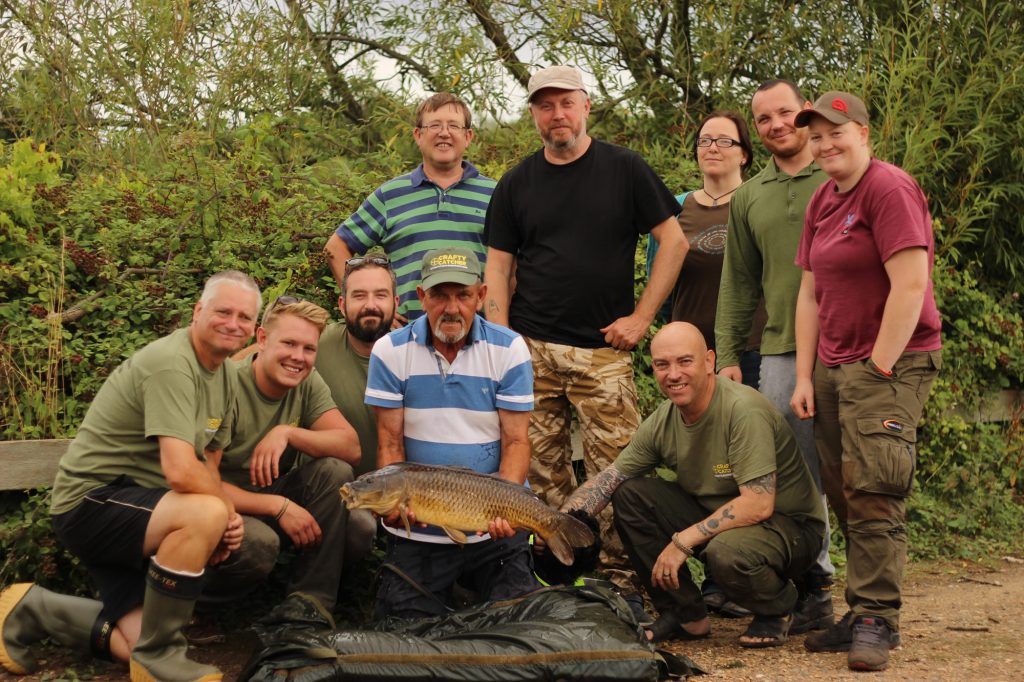
Get Fishing Resources - Fishbook
Fishbook: Flounder

‘Fishbook’: Our species-guide series based on “Get Fishing”
the brilliant how to fish book by Allan Sefton
We profile the UK’s most common as well as some lesser-known fish species to help newcomer anglers find out more about fish that can be caught in our lakes, canals, rivers, ponds and sea.
Understanding the kinds of fish you might catch will add interest and could even make your fishing easier! Here you’ll find out more about…
FLOUNDER
Name:
Flounder
Scientific name:
Paralichthys dentatus
Life span:
Between 6-8 years
Typical size:
4oz to 2lb
British record:
5lb 11oz
Waters:
All round the UK throughout the year. In winter they move to deeper water. In summer they feed in shallow water, favouring muddy and sandy estuaries, gullies and depressions on sandy beaches
Interesting fact:
These flat fish are there in good numbers and they may not fight hard when hooked but they take the bait greedily
About Flounder
Wherever you fish a sheltered shallow mark you will find flounder.
These flat fish are there in good numbers and they may not fight hard when hooked but they take the bait greedily.
It is exciting to catch a fish shaped like a dinner plate and designed to hide on the sandy bottom of the sea. Flounders are also excellent to eat.
Visit the rest of the How To Fish video gallery here to learn new tricks and discover more about the basics of angling.
Find out more about:
Read more about how you can get into sea fishing. Alternatively, find a venue near you where you can #getfishing!
Some of the above content is taken from the new book, Get Fishing – the ‘how to’ guide to Coarse, Sea and Fly Fishing by Allan Sefton published by Merlin Unwin Books. This colourful, lively book is aimed at complete beginners of all ages, those who have been out fishing a couple of times and want to take it further and families of all abilities. It’s also packed with top-tips and info that make it useful for more experienced anglers too. Find out more about, and purchase a copy of the book here.
Header image thanks to David Overland and text reproduced with permission and © Merlin Unwin Books.
You might also like
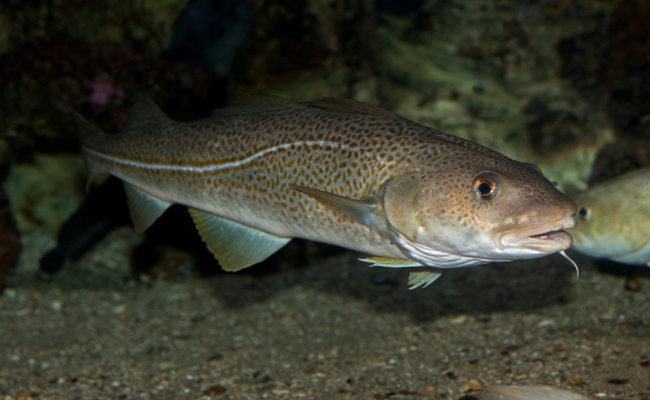
Will the UK-EU Fisheries Deal Deliver for Sustainability and…

Minister’s Visit Highlights Collaborative Action on Pollack Conservation

Angling Trust calls for radical reforms to end sewage…
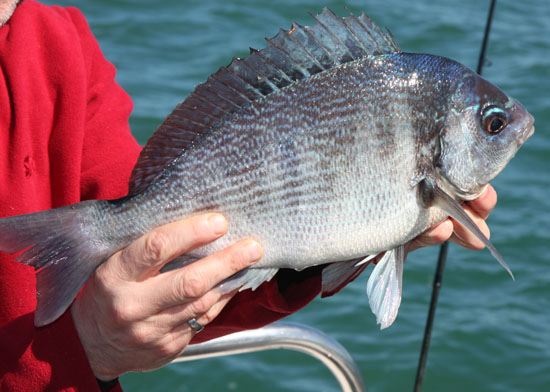
Have Your Say: Shape the Future of Black Bream…

NEW BLOG: Get Fishing Award event for North Cambridge…
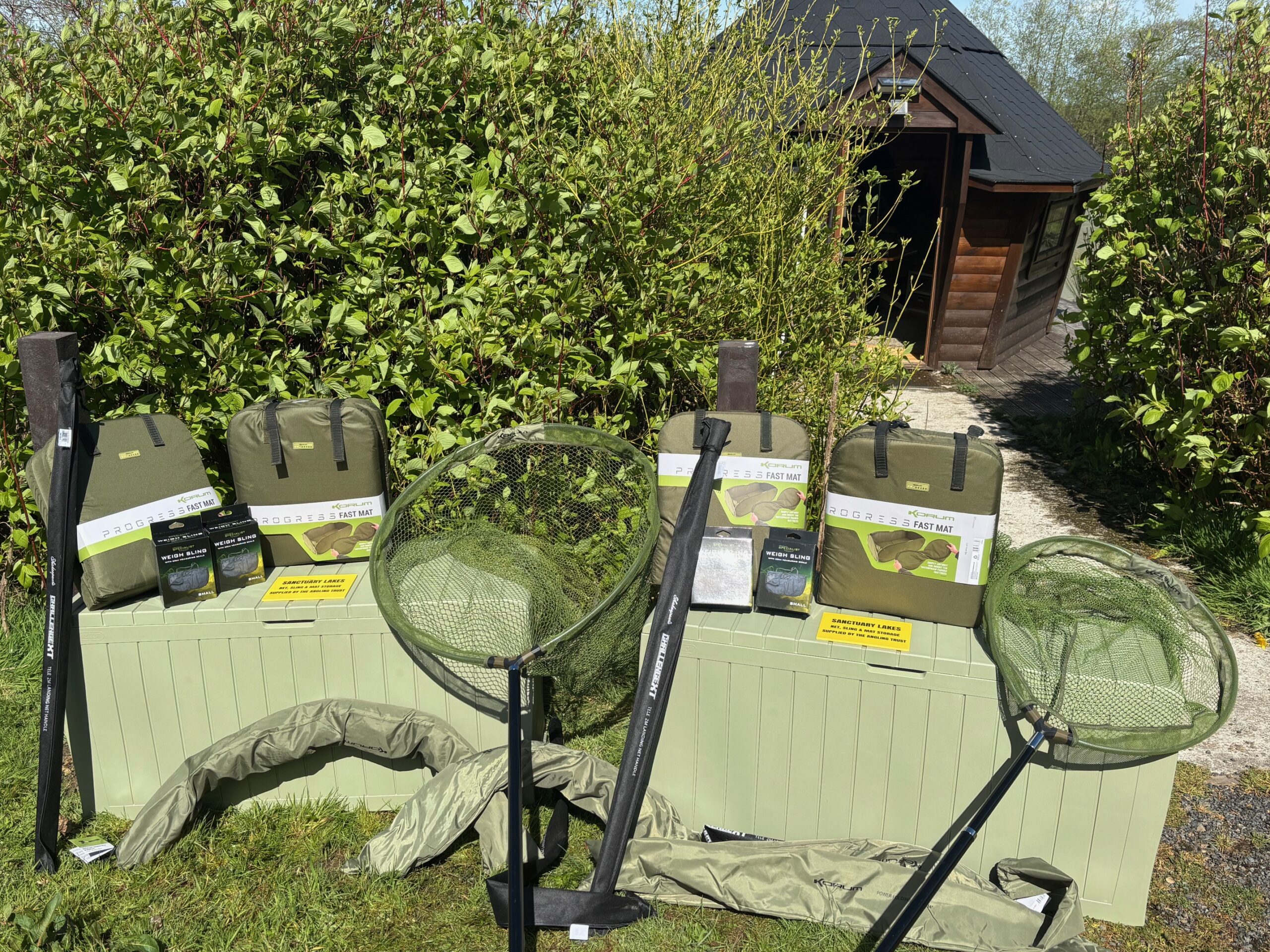
Angling Improvement Fund Opens for Nets, Mats & Slings
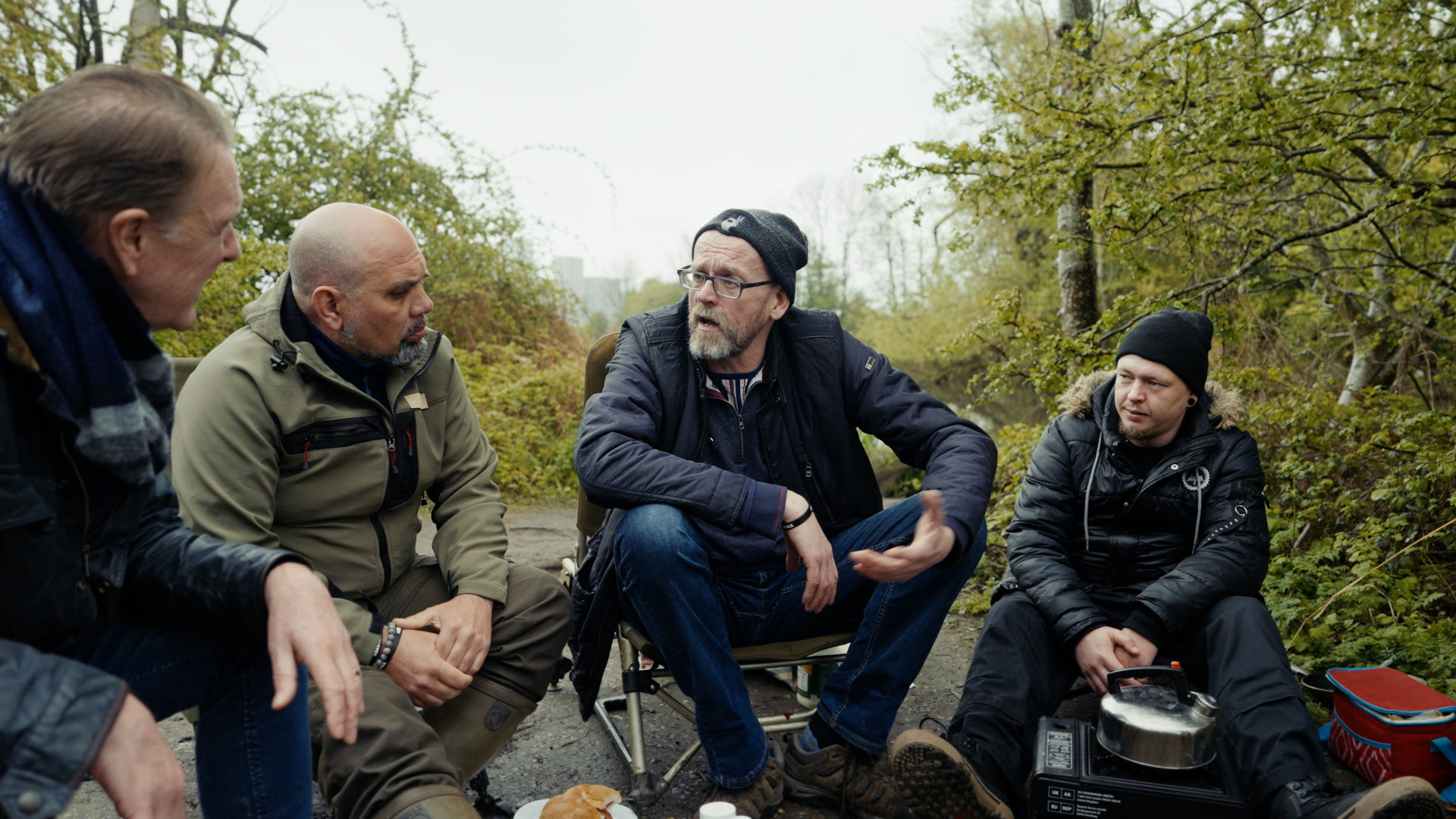
Mental Health Awareness Week is a time for angling…

Want to learn how to fish? Get Fishing Awards…

Tuffers bowled over by the benefits of angling and…

Young nature warriors reel in success with Get Fishing…

Bury women’s community group gives fishing a go

NEW BLOG: Get Fishing Awards get people into fishing…

Will the UK-EU Fisheries Deal Deliver for Sustainability and…

Minister’s Visit Highlights Collaborative Action on Pollack Conservation

Angling Trust calls for radical reforms to end sewage…

Have Your Say: Shape the Future of Black Bream…

NEW BLOG: Get Fishing Award event for North Cambridge…

Angling Improvement Fund Opens for Nets, Mats & Slings

Mental Health Awareness Week is a time for angling…

Want to learn how to fish? Get Fishing Awards…

Tuffers bowled over by the benefits of angling and…

Young nature warriors reel in success with Get Fishing…

Bury women’s community group gives fishing a go

NEW BLOG: Get Fishing Awards get people into fishing…

Will the UK-EU Fisheries Deal Deliver for Sustainability and…

Minister’s Visit Highlights Collaborative Action on Pollack Conservation

Angling Trust calls for radical reforms to end sewage…

Have Your Say: Shape the Future of Black Bream…

NEW BLOG: Get Fishing Award event for North Cambridge…

Angling Improvement Fund Opens for Nets, Mats & Slings

Mental Health Awareness Week is a time for angling…

Want to learn how to fish? Get Fishing Awards…

Tuffers bowled over by the benefits of angling and…

Young nature warriors reel in success with Get Fishing…

Bury women’s community group gives fishing a go

